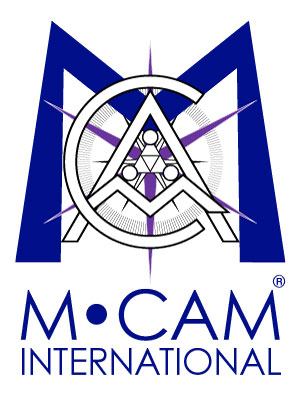A strategy that avoids Google and Facebook, but is still whipping S&P
Innovation is a key component driving the value of companies, but it’s been toughing quantifying which companies are innovative and which are not.
Last year we introduced the CNBC IQ 100, an index of 100 companies chosen from the Russell 1000, specifically for innovation, by M-CAM. The most innovative companies control market rights to original ideas and exclusive intellectual property through vehicles like patents, trademarks and copyrights, but it can also mean trade-secret rights or even more hard-to-measure concepts, like water rights or pollution rights.
The index has been updated to add 10 new companies: Boeing, Micron Technology, Eastman Chemical, NCR, Harris, Nabors Industries, Target, Citigroup, General Mills and Garmin.
One surprise add was Target. When I talked to M-CAM CEO David Martin back in October of last year, he noted that Target did not have any of their own internally developed supply chain. They have to get vendor input, and so their destiny is being dictated to them by outside partners. Not innovative!
What’s changed? Cybersecurity — they had one of the biggest hacks in corporate history, and they took control of their own cybersecurity.
“They’ve revamped their point of sale technologies, improving the way devices are handled at the cash register, and done enormous amount of client verification so they know you are the one making the purchases,” Martin said. “They’ve also adopted technologies used in other industries and made them relevant for the consumer space.”
Or take Nabors Industries, one of the leaders in advancing fracking technology. Martin notes that much of the technology for horizontal and lateral drilling were developed in other areas, like remote robotic surgery, another example of companies using innovation from other technologies: “They’ve taken drilling out of the realm of surgery and moved it into geology.”
The most innovative company on the list: Microsoft. Martin says it’s simple.They have figured out ways to make the cloud more usable. Their operating systems are used to gain access to the storage systems in the cloud. What good is having all this data if no one can access it properly or you don’t know what to do with it?
Microsoft will help organize what you can access, what you should be interested in, what you might be interested in. Suppose you are a health care provider and all your healthcare records are in the cloud. What does that mean? You to make sure that the information is accessible, but you get real value added when you have software that shows how a specific piece of healthcare information integrates with all the other healthcare information. Microsoft has software that can provide insights into the data that a human could not have.
Why the emphasis on innovation? Because intellectual capital and intangible assets are critical to a company’s growth prospects, yet it turns out to be very difficult to reliably report on the value of innovation.
The database is compiled using a rules-based methodology. Leaders are derived using a mix of algorithms developed by MCAM that search all public filing for relevant criteria. The stuff that matters — the intellectual property and other intangible assets — are compared to the equivalent rights held by other firms; then the economic consequence of these assets on the underlying business is characterized.
This elusive quality — innovation — may also be a secret sauce that helps power outperformance. Since last March, the CNBC IQ 100 is up 36 percent versus a gain of 22 percent for the S&P 500.
It’s also fun to look at the companies that are left out of the list: a lot of tech companies you think might be innovators aren’t.
Or at least that’s the way Martin sees it. Take Alphabet, formerly Google: not on the list. “Google is an advertising agency wrapped in the seduction of a search engine,” Martin told me back in October. “Their marginal revenue comes entirely from ads, not from technology. Their business is advertising; they are not a tech company.”
He hasn’t changed his mind: they’re still off the list. “It’s been getting worse, not better.”
Facebook doesn’t make the cut either. By its own admission, Facebook is best categorized as an advertising company, according to Martin. And the architecture and infrastructure that powers most of Facebook is built on systems owned by or licensed from other companies. “As soon as Facebook derives substantial revenue from IP that it owns — Oculus, for instance — it will be considered for inclusion in the index,” Martin told me.
What about Snapchat? That wouldn’t make it, either: “It’s got a beautiful platform — graphics overlay, interactive stuff but what that is is stickiness for the consumer, but it’s not core technology,” he said.
You can see the full list here: cnbc.com/iq100.
from CNBC.


Sorry, the comment form is closed at this time.